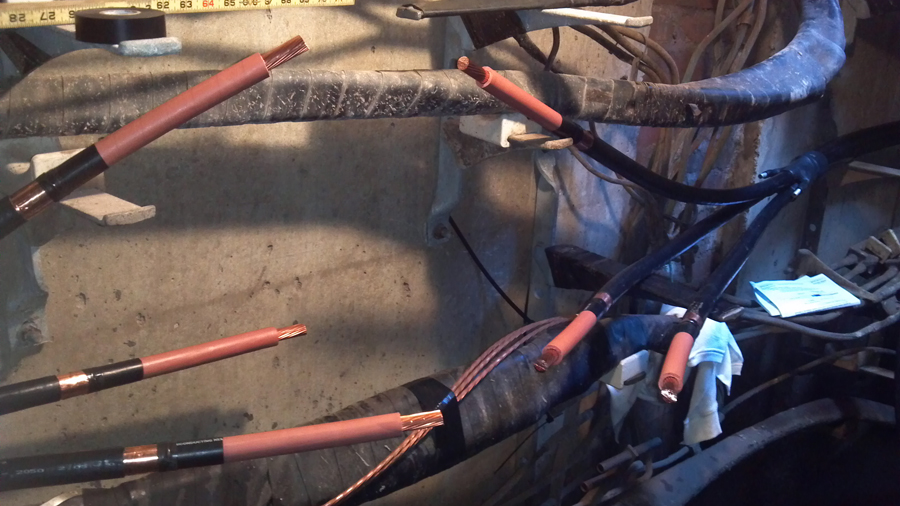
Fiber optic cables differ from ordinary copper wires in many ways. While copper wires can withstand considerable amount of wire tension, optical glass fibers are less flexible. Optical fibers have minimum bending radius. This is defined as the minimum curve radius that optical glass fibers can be safely bent before attenuation effects in the signal manifest or before breakage occurs. Because of this, telecommunication networks in Boston, MA are wired with specific techniques such as gentle pulling of fiber optic cables instead of pushing, separation of fiber optic cable ducts from electrical power circuits, and use of wide diameter cable supply reels.
The technique which is very evident in almost all telecommunication network design installations is called slack wiring. Slacks are characterized by loops of extra fiber optic cable spun around specialized fixtures across the cable route. Slack wire or excessive wire length is normally avoided in electrical power circuits, since extra wire will translate to higher costs. Aesthetically, excessive wire can also mean overcrowding in ducts and raceways. However the scenario is different in fiber optic cables, in fact slacks offer as much as twice the original wire paths intended, sometimes even more.
The longer the slack, the more sustainable and safe the fiber optic cable system is, because repeated fiber optic splicing during future reconfiguration will eventually shorten the cable which will lead to violations on the minimum bending radius. In some cases rewiring the entire fiber optic system is too expensive due to the high costs of fiber optic materials. This is why some utilities prefer to lengthen the cables purposefully to mitigate future splicing and wiring conditions. For more about fiber optic cable system installations contact ElecComm.




